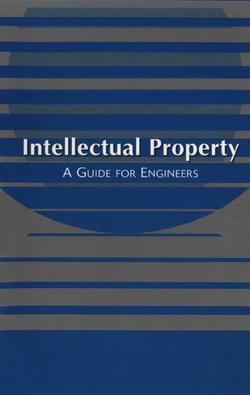Читать книгу Intellectual Property: A Guide for Engineers - American Bar Association - Страница 11
На сайте Литреса книга снята с продажи.
WHAT, CONDITIONS MUST BE MET?
ОглавлениеCongress has specified that a patent will be granted if the inventor files a timely application that adequately describes a new, useful, and unobvious invention of proper subject matter. The following conditions must be met.
✓ To be timely, an application must be filed within one year of certain acts, by the inventor or others, which place the invention in the hands of the public, i.e., patented or published anywhere in the world, on sale or in public use in this country.’1 This one-year grace period, however, is not available in most foreign countries. A U.S. inventor who wants to obtain corresponding foreign patents must first file an application in the U.S. before any disclosure, whether in written or oral form, of the invention to the public.
✓ The description of the invention in the application must be complete enough to enable others to practice the invention (“enablement”). Moreover, the application must describe the best manner (“best mode”) known to the inventor of carrying out the invention.
✓ The described invention must be new, i.e., not invented first by another or identically known or used by others in this country or patented or published anywhere in the world before the actual invention date (not the application filing date). \Z\ The invention also must be useful, i.e., serve some disclosed or generally known purpose.
✓ Finally the invention must be unobvious, i.e., the differences between the invention and the prior public knowledge in its technical field (known as “prior art”) must be such that a person having ordinary skill in this field would not have found the invention obvious at the time it was made.
The proper subject matter of a patent is very broad — in the words of the Congress and the U.S. Supreme Court, “anything under the sun that is made by man.”2 Specifically included is any product, process, apparatus, or composition, including living matter such as genetically engineered bacteria, plants, or animals. Special provisions also permit patents directed to certain distinct and new varieties of plants (Plant Patents) and new original and ornamental designs for articles of manufacture (Design Patents). A recent decision of the Court of Appeals for the Federal Circuit, the court that hears all appeals in patent-related cases, specifically held that business methods implemented by computers constituted patentable subject matter.3
